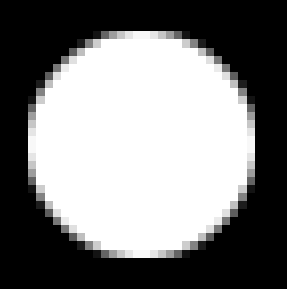I want to be able to rasterize photos yet define the exact size and shape of the dots being used.
The closest I get to my desired result is using bitmap → 50% Threeshold in photoshop. The problem with this approach i twofold:
- I can't change the shape of the positive values
- I can't put vertical and horizontal space between the shapes
- I have little control over the actual size (in mm) of the dots.
The following screenshot should better visualize what I’m trying to do:
- Top: Original Image
- Middle: Photoshop → 50% Threshhold
- Bottom: Desired result
Thank you for your help Much appreciated! Best
PS: If there's a way to achieve the same with vectors, that would be even better





